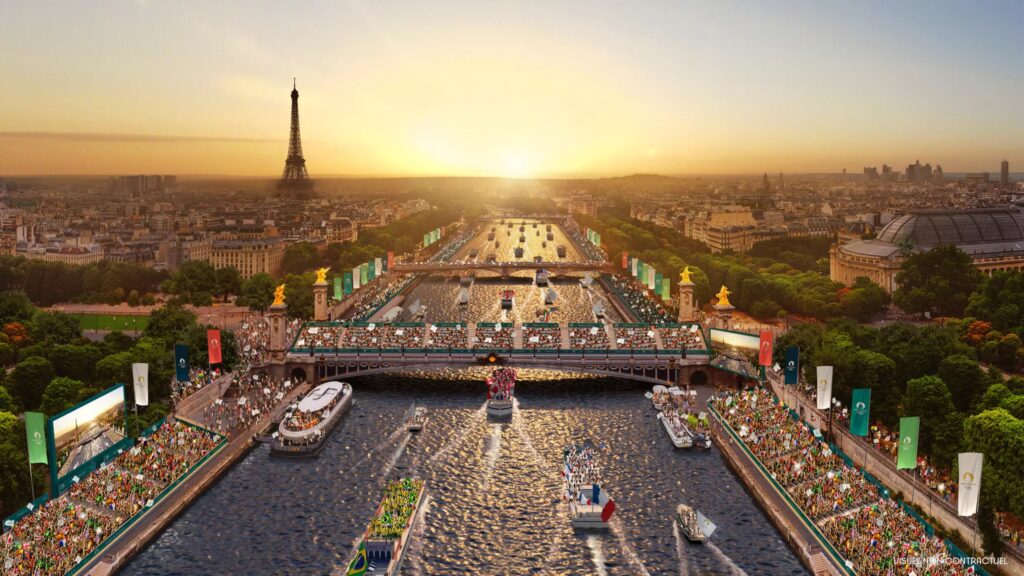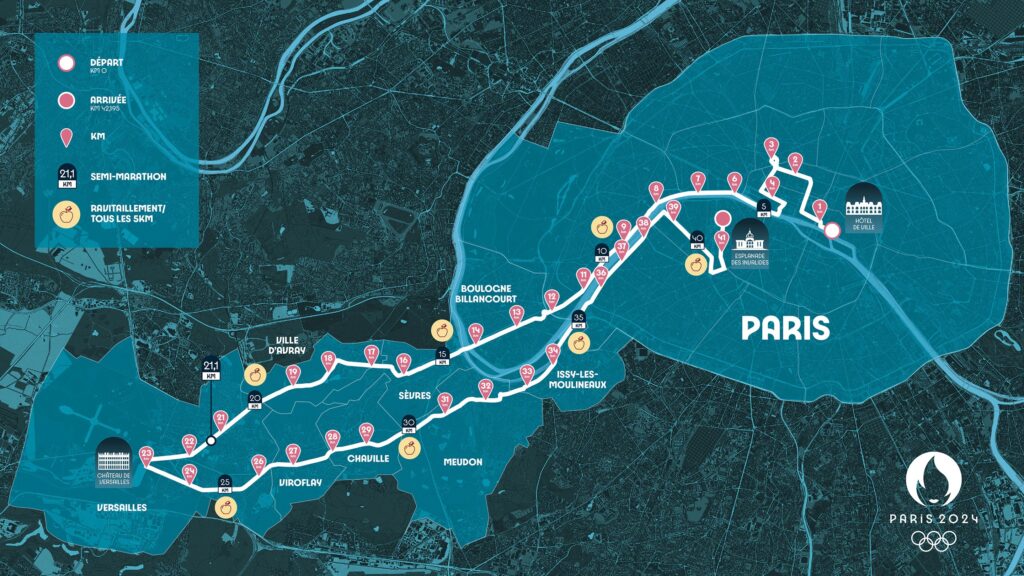Recently I was fortunate to be in Paris with the Canadian Olympic Committee and some of their commercial partners for an orientation trip ahead of the 2024 Games.

Our itinerary featured a dinner cruise on the Seine, while incredibly scenic, will not compare to the spectacle the Paris organizing committee is planning for the Olympics opening ceremony. They have decided to eschew the traditional in-stadium opening ceremony and instead create a flotilla of boats carrying 10,000 athletes through a six-kilometre stretch of the city down the Seine. Three hours after the first boat departs and the French delegation arrives, the final torchbearer will pass the flame to the games-time torch at the Eiffel Tower.
In addition to the 10,000 athletes on the river, there will be 100,000 spectators in paid seating, free fan zones for another 400,000 spectators, 80 giant screens displaying the event, and some 35,000 police to keep everyone safe. Mind-boggling.

The Paris 2024 committee is working hard to provide access to people who want to attend the games, as this will be the first Olympics since 2018 where companies and spectators can fully embrace attending, activating, and hosting the Games. The pent-up demand is palatable. Already the organizers have sold nearly seven million tickets.

The entire presence of fans is an integral part of the Olympics. The pandemic taught us that sport is not without fans in the stands. Live crowds bring the energy, emotion, and home team advantage that no technology we currently have in our grasp can do. In addition, the opportunity for friends and family to cheer loved ones will be a fantastic reboot. Nearly 70% of athletes only compete in one Olympics. Hence many of 2020(1) and 2022 participants lost the opportunity to share the moment in real life with their closest supporters.
The Paris Games will soon hit the one-year-out mark, and the Olympic torch relay will be upon us before we know it. IOC and NOC partners worldwide are finetuning activities and amplification plans to capitalize on this moment of total return post-pandemic. Sooner than we can imagine, billions of spectators will be tuning into broadcasts and following their heroes on social media.
On the ground, live sites and country houses are in the design and budgeting phase, while the new hospitality programs for the IOC and OnLocation are on sale globally. This innovative concept is another exciting part of the Games where for the first time, individuals with no corporate affiliation can purchase an official Olympic event package that includes hospitality at the venue, tickets, and sightseeing options. The delivery of these packages is through first of its kind e-commerce site, and customers will even receive access to a unique hospitality center, Club 24, located in the Palais Tokyo Salon 24 near the Eiffel Tower.

Navigating these significant changes will test marketers globally to rethink their Olympic playbooks. The return of fans will provide a boost to those who activate in France, those who have access to the torch, and those who create domestic campaigns to support their athletes.
How it plays out will require a new scoreboard for evaluation and assessment. But I suspect the innovations we see here will quickly appear across significant properties worldwide.
